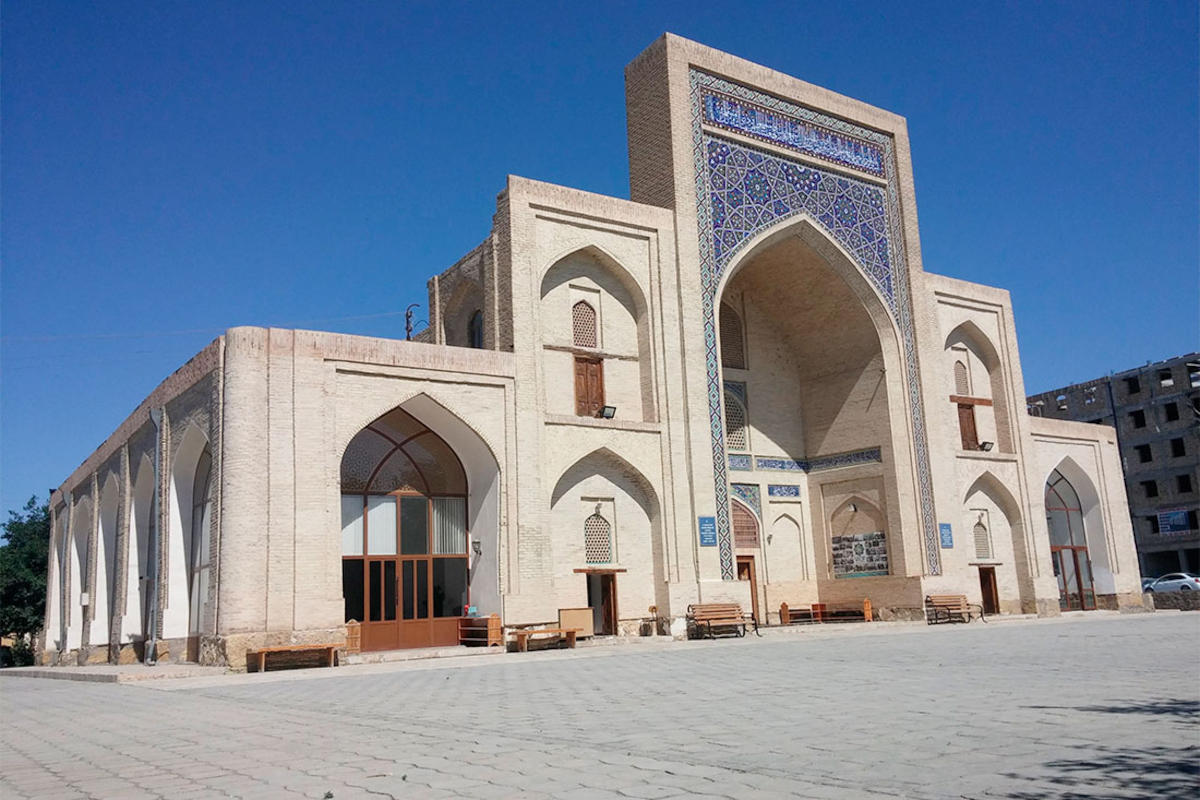Bukhara - Faizabad Khanaka
In the north-east of Bukhara, near the walls of the historic city, is the Faizabad Khanaka. The Faizabad Khanaka is not one of the most popular sights in Bukhara. Due to its remoteness from the historical centre of the city, few tourists visit the Muslim house of prayer. Nevertheless, there is a lot to discover here.
The religious building was constructed in the 16th century. Burnt brick was used as the basic material. The construction work was carried out from 1598 to 1599. It was led by the initiator of the idea and Sufi follower Mavlon Poyanda-Muhammad Ahsi (Ahsiketi) Fayzabadi. Unfortunately, the Sufi did not enjoy the result for long – he died two years after the construction was completed. After his death, it was decided to rename the Khanaka as well. Thus, “Shokhi Akhsi” became the prayer house “Faizabad Khanaka”.

The transformation only affected the name. The former functions of the building structure remained unchanged. As before, Muslims gathered in Faizabad Khanaka for Friday prayers. This is testified by the niche (mihrab) in one of the walls of the room, which points towards Mecca. The importance of the religious building in the lives of Muslims was not limited to this function.
Faizabad Khanaka also served as a kind of Sufi retreat. Dervishes (the Muslim equivalent of a monk) who were passing through often stayed here. Part of the building was specifically designated for their stay as a chanaqa (Sufi retreat).
The Faizabad Khanaka in Bukhara is a typical example of 16th century architecture with sharp proportions and symmetry. The building has been restored more than once, but its identity and uniqueness have not suffered in any way.
The first thing that catches the eye is a tall portal framing the central entrance of the building. The portal rises above the entire building and has the shape of a vertical rectangle with an incised arched niche. Beautiful and majestic, it is also built according to all the architectural rules of the time.
On each side of the portal are the arched galleries, which give the building an elegant appearance. The richly decorated façade of the building serves as a harmonious complement. As for the main dome of the mosque, it appears modest and plain. But this is only the case at first glance. As you move inside the building, you will realise how mistaken you are. The dome is generously decorated with white ganch patterns, the technique being called “chaspak”. It makes the dome appear weightless.
Two colours predominate in the interior of the mosque – blue and white. Gold and brown are used as additional colours. You can notice them when you look at the mihrab in detail.
